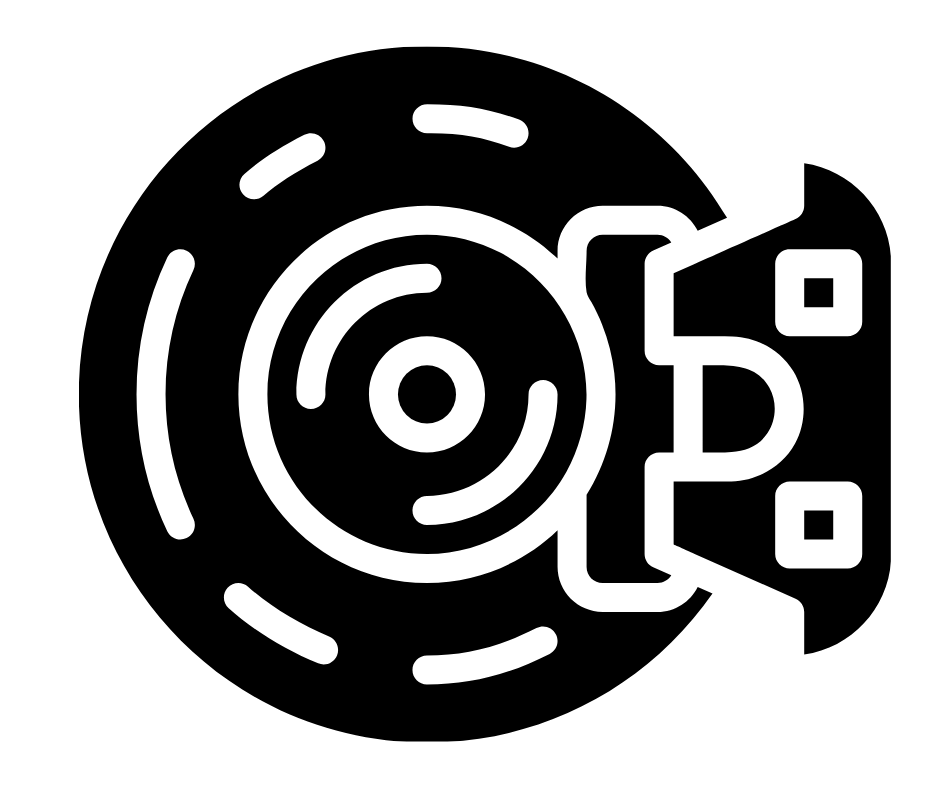
It’s time to flush!
Flushing you vehicle’s system and refilling with brand new liquid is important to the maintenance and performance of any car, truck or SUV. A good flush will help remove rust and scale deposits and well as any other contaminants that may accumulate over time. It also helps extend the lift of each individual system as they operate more efficiently with clean liquids.
A fluid flush is the process of ‘flushing’ out all the bad fluid that has been spent, sludgy, and contains containments. Often times bad fluids can clog your system or keep your vehicle from performing at it’s best.
Always perform a flush if:
Your fluid smells burnt
Your fluid is gritty to the touch
You purchased the car from someone else w/o maintenance records
You want to extent the life of your vehicle
Your vehicle has seen a drop in gas mileage
Your vehicle often experiences extreme temperatures
Different Types of Fluid Flushes
-

Brake System Flush
Many drivers don’t realize that contaminants will build up over time in their brake fluid. Even though your manufacturer sets the intervals for when to have your brake fluid flushed, these can vary depending on your driving habits and brake usage. Under most circumstances, brake system flushes can occur every two or three years or 30,000 miles. However, if you’re noticing your brakes performing poorly, it’s a good idea to bring your vehicle to Rev It Up to have the brakes inspected.
-

Transmission Fluid Flush
When your vehicle needs to speed up or slow down, the transmission fluid helps the gears shift. Debris, as well as metal shavings from the gears cause the transmission fluid to get dirty over time. It’s critical to keep your transmission fluid clean. That way, all the parts of your transmission will remain lubricated and last longer. With proper maintenance, your transmission will last longer, and you can also avoid expensive repairs. Our team of professionals at Rev It Up will inspect your transmission fluid to ensure it’s clean and let you know when a system flush is necessary.
-

Power Steering Flush
Do you know what to look for when it’s time for a power steering flush? When it’s cold, or if you’re experiencing resistance when you’re attempting to steer, it may be time. You may also hear noises including squealing when attempting to steer. Over time, it isn’t uncommon for debris and bits of rubber to build up in power steering fluid. When that occurs, it causes the pump of the steering system and hoses to experience wear. By flushing the fluid as recommended, you’ll extend the life of your vehicle’s parts and experience better steering. Our team at Rev It Up will inspect your steering and provide recommendations for power steering flushing.
-

Engine Coolant Flush
Newer vehicles are using a 5-year to 10-year coolant/antifreeze, greatly reducing the need for an engine coolant flush from the ordinary antifreeze. However, most of us drive in “extreme” conditions, and despite the 5-year to 10-year claim, you should still check the quality of the fluids regularly. We still recommend getting your fluids checked every 30,000-35,000 miles, as it can also determine if something is wrong with the system before something major happens. We recommend an engine coolant flush every 50,000-75,000 miles.
-

Fuel Injection Flush
Gas mileage is important, and having a clogged fuel system prevents your vehicle from reaching its optimal gas mileage performance. This is why you should get a fuel system cleaning every 30,000-35,000 miles…and one performed by a certified ASE Technician with a shop, like the ones at Rev It Up in Sparta, NJ. Proper fuel system cleanings requires specialized training and equipment that many places cannot offer.
-

Rear Differential Flush
A rear differential flush is one of the most overlooked maintenance flushes for all rear-wheel drive vehicles. In a rear wheel drive vehicle, the rear-differential has its own lubrication system, and keeping all the moving parts in the rear differential in good working order prevents ‘slipping’ or complete wear down that would require full replacement of the rear-differential, which, by the way, is not a cheap repair. We recommend changing this oil at least every 30,000-35,000 miles and should never really exceed 50,000 miles.

